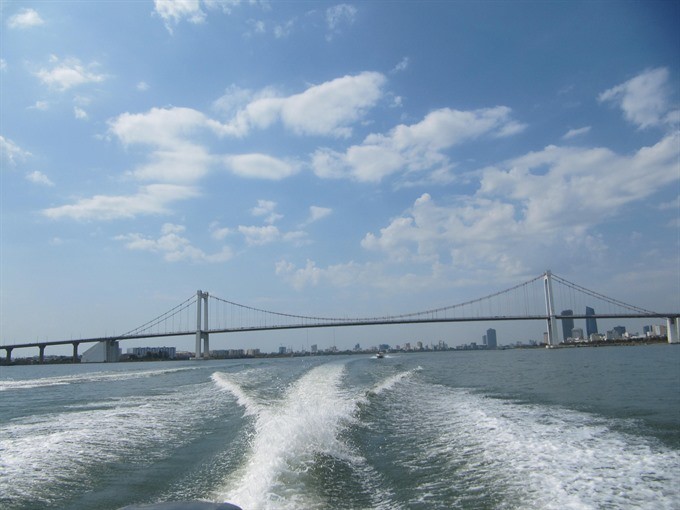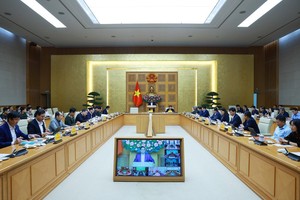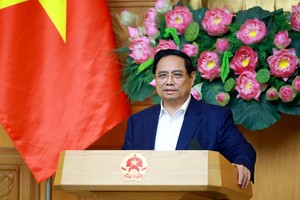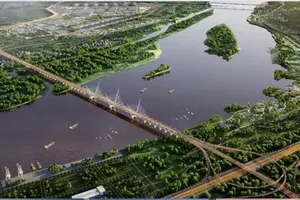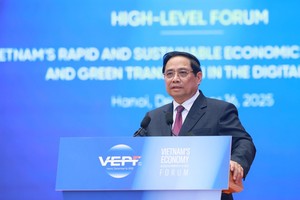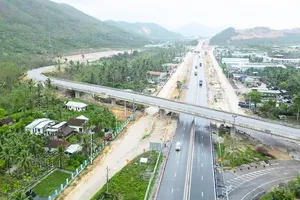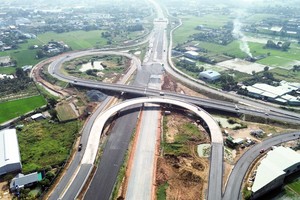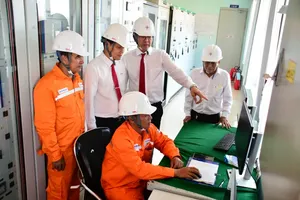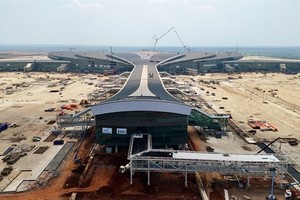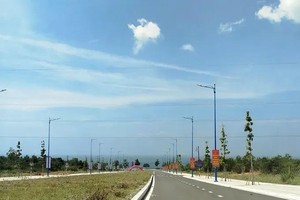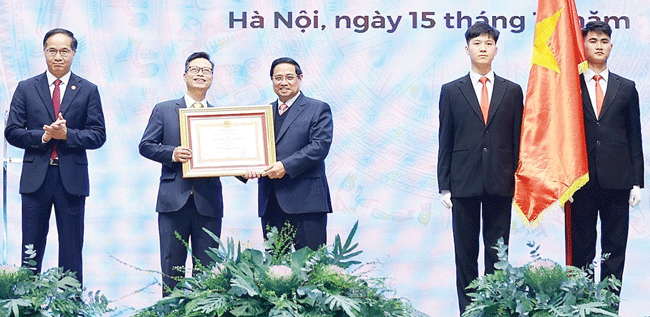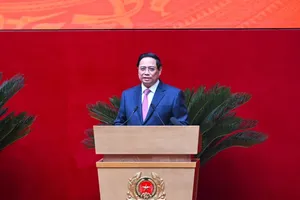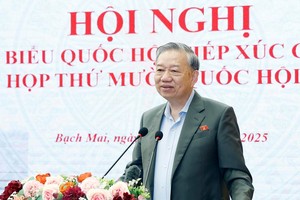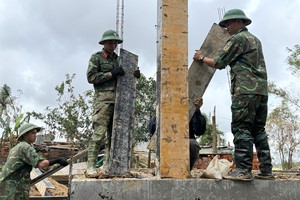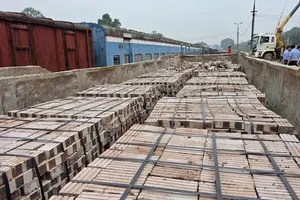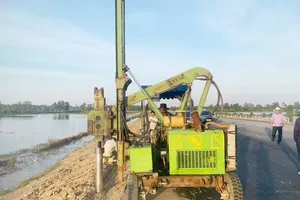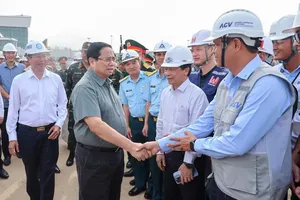The central city of Da Nang will commence construction on a tunnel under the Han River – the first of its kind in the city and the central region – in 2018 following a final decision taken at the city’s people’s council meeting on Tuesday night.
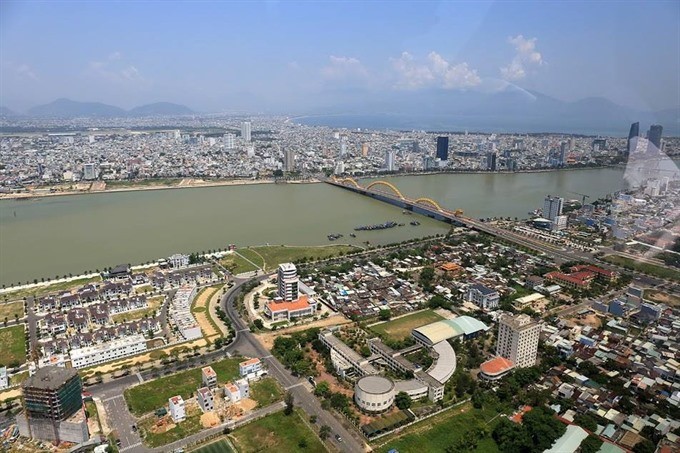
Director of the city’s transport department, Le Van Trung told the Vietnam News that the tunnel will be built with investment of VND4.7 trillion (US$208 million) from the State Budget and the city’s Property Development Fund.
Trung said the project, which was proposed with initial funds of VND4.1 trillion (US$181 million) during a meeting last week, will cover the cost of resettlement for 210 households living on both sides of the Han River.
He said the city’s People’s Council eventually decided a plan of a straight axis tunnel rather than a ‘Z’ shape design, connecting Dong Da street in Hai Chau District and Van Don Street in Son Tra Peninsula.
The 1.3km tunnel project – of which 900m will go under the Han River, will help connect with the city’s future Metro, Bus Rapid Transit (BRT), monorail or mass public transport routes.
It will be the first traffic route under the river and a landmark tourism hub in central Vietnam.
Last year, Bridge&Tunnel Consultants (BRITEC), who was assigned to develop some key tunnels in Vietnam by the transport ministry, proposed the 6-lane tunnel.
Despite many concerns raised by experts and managers, the city has persisted with the millenary landmark.
Also at the meeting, the last in 2016, the city’s People’s Council decided to reserve the old administrative building in Bach Dang street as a new location for the city’s museum.
The city said the current Da Nang Museum, which was built on the location of Dien Hai Citadel (the National Historical monument), will be removed in order for the old citadel to be restored.
The city also said the citadel was first constructed as a military outpost in the 12th year of King Gia Long’s reign (1813), near the mouth of the Han River.
The decision to preserve the 100-year-old building on the Han River bank also dismissed the rumor that the city would reserve the building for Chinese Consulate in Da Nang.
Da Nang has invested a great amount in urban development in order to make it the largest city in the central region – and with the aim of making it a ‘green city’ by 2025 – with funds from the World Bank.
The city, with a population of 1 million, is forecast to develop an urban area for a population of 2.5 million by 2030.
